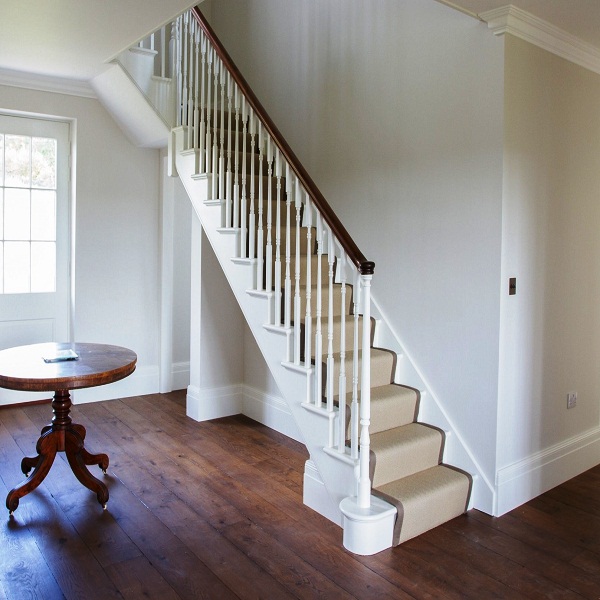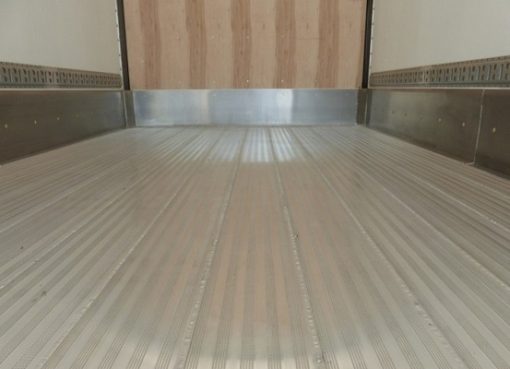Foundations provide support for structures, transferring their load to layers of soil or rock that have sufficient bearing capacity and suitable settlement characteristics. There are a very wide range of foundation types available, suitable for different applications, depending on considerations, such as:
- The nature of the load requiring support.
- Ground conditions.
- The presence of water.
- Durability of the materials.
- Cost.
- Accessibility.
- Sensitivity to noise and vibration.
- Proximity to other structures.
- Load exerted on the piles
Very broadly, foundations can be categorised as shallow foundations or deep foundations. Shallow foundations are typically used where the loads imposed by a structure are low relative to the bearing capacity of the surface soils. Deep foundations are necessary where the bearing capacity of the surface soils is insufficient to support loads imposed and so they are transferred to deeper layers with higher bearing capacity.
Pile foundations are deep foundations. They are formed by long, slender, columnar elements typically made from steel or reinforced concrete, or sometimes timber. A foundation is described as ‘piled’ when its depth is more than three times its breadth (ref. Atkinson, 2007).
Pile foundations are principally used to transfer the loads from superstructures, through weak, compressible strata or water onto stronger, more compact, less compressible and stiffer soil or rock at depth, increasing the effective size of a foundation and resisting horizontal loads. They are typically used for large structures, and in situations where soil is not suitable to prevent excessive settlement.
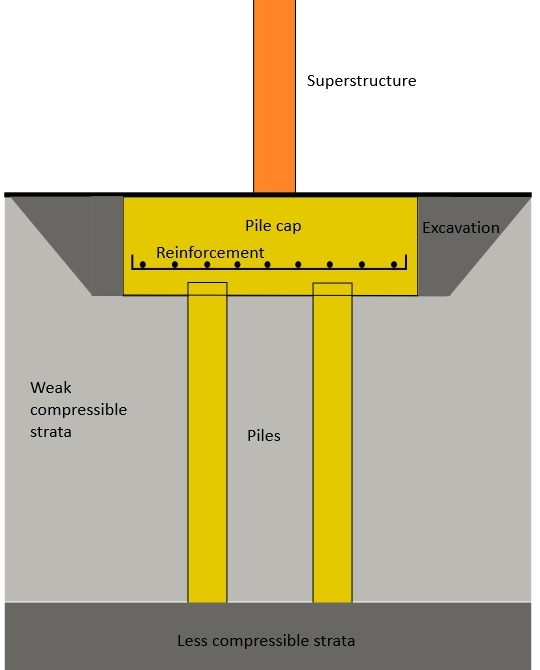 |
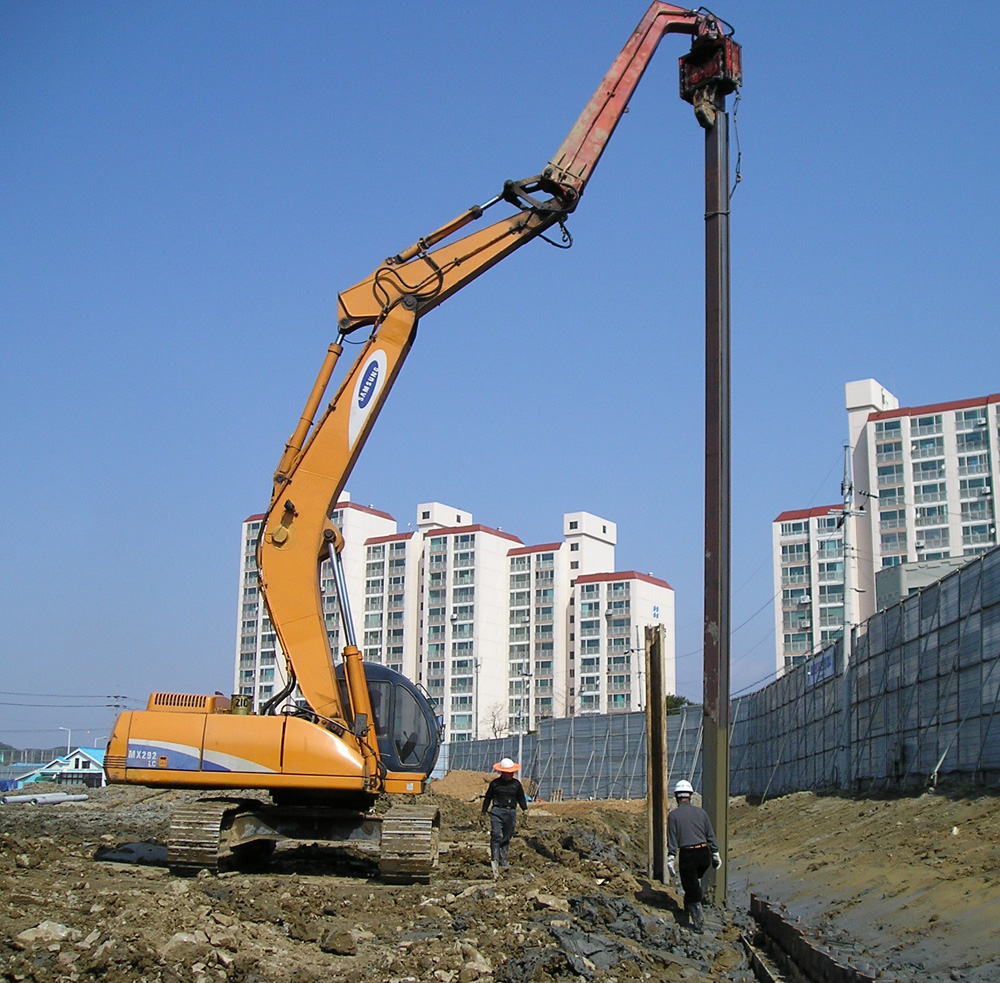 |
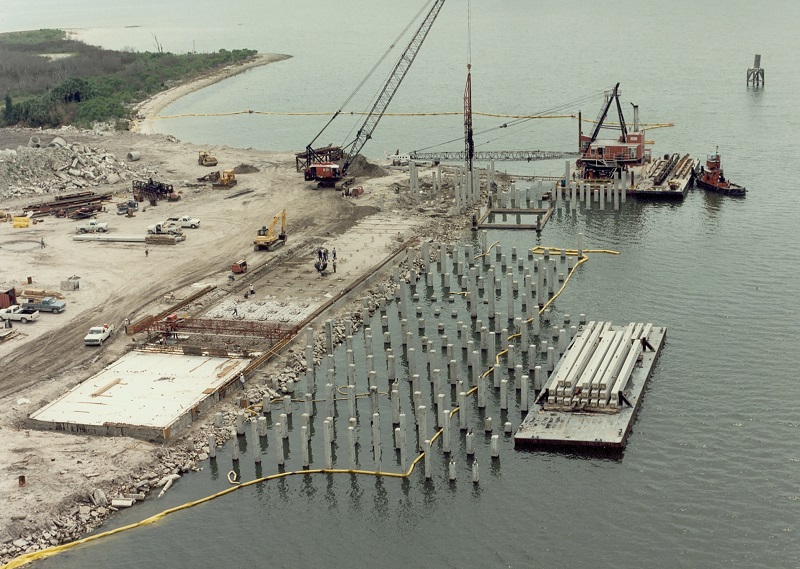 |
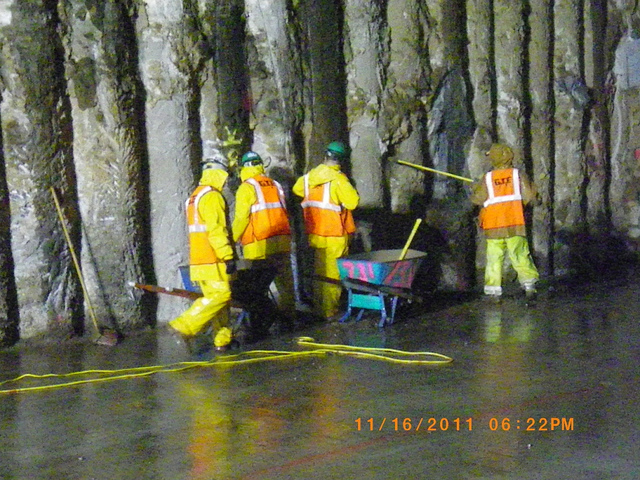 |
Pile classifications
Piles may be classified by their basic design function (end-bearing, friction or a combination) or by their method of construction (displacement (driven) or replacement (bored)).
End-bearing piles develop most of their friction at the toe of the pile, bearing on a hard layer. The pile transmits load directly to firm strata, and also receives lateral restraint from subsoil.
For more information, see ‘end-bearing piles’.
Friction (or floating) piles develop most of the pile-bearing capacity by shear stresses along the sides of the pile, and are suitable where harder layers are too deep. The pile transmits the load to surrounding soil by friction between the surface of the pile and soil, which in effect lowers the bulb of pressure.
Driven piles
Driven (or displacement) piles are driven, jacked, vibrated or screwed into the ground, displacing the material around the pile shaft outwards and downwards instead of removing it.
Driven piles are useful in offshore applications, are stable in soft squeezing soils and can densify loose soil.
There are two groups of driven piles:
- Driven in situ: Either with a permanent concrete or steel casing, or with temporary casing.
- Preformed: Prefabricated off-site from timber, concrete or steel.
Bored piles
Bored (or replacement) piles remove spoil to form a hole for the pile which is poured in situ. They are used primarily in cohesive subsoils for the formation of friction piles and when forming pile foundations close to existing buildings.
Bored piles are more popular in urban areas as there is minimal vibration, they can be used where headroom is limited, there is no risk of heave, and where it may be necessary to vary their length.
For more information, see ‘bored piles’.
If the boring and pouring takes place simultaneously, piles are called continuous flight auger (CFA) piles.
Screw piles
Screw piles have a helix near the pile toe so they can be screwed into the ground. The process and concept is similar to screwing into wood.
Micropiles
Micropiles (or mini piles) are used where access is restricted, for example underpinning structures affected by settlement. They can be driven or screwed into place.
Pile walls
Pile walls can be used to create permanent or temporary retaining walls. They are formed by placing piles directly adjacent to one another. These can be closely-spaced contiguous pile walls or interlocking secant pile walls, which depending on the composition of the secondary intermediate piles can be hard/soft, hard/firm or hard/hard secant walls.
Geothermal piles
Geothermal piles combine pile foundations with closed-loop ground-source heat pump systems. They provide support to a structure, as well as acting as a heat source and a heat sink.
In effect, the thermal mass of the ground enables the building to store unwanted heat from cooling systems and allows heat pumps to warm the building in winter. Generally, ground source heat pumps extract heat from the ground by way of underground pipes which are laid either horizontally or vertically in the ground. In geothermal piles, the pipe loops are laid vertically, within the piles themselves.
Piling equipment
A wide range of equipment is available for piling, including:
- Percussion drivers: hammers driven by steam, compressed air or diesel.
- Hydraulic drivers: hydraulic rams push piles into the ground.
- Vibratory drivers: piles are vibrated into the ground.
- Rotary augers: used to screw replacement piles into the ground.
Pile caps and beams
Piles can be used individually to support loads or grouped and linked together with a reinforced concrete cap. As it is very difficult to bore or drive piles exactly vertical, the pile cap should be able to accommodate some deviation in the final position of the pile heads. The pile cap should overhang the outer piles, typically by a distance of 100-150 mm on all sides, depending on the size of the pile.
Pile caps can also be linked together with reinforced concrete to create capping beams. At least three capped piles are needed to ensure stability against lateral forces (with the exception of caisson piles). Capping beams are also suitable for distributing the weight of a load-bearing wall, or of close-centred columns to a line of piles. Piles may be staggered in the beam to allow for any eccentricities that may occur in loaded conditions.
The capping beam should be kept clear of the ground where the purpose of the piles is to overcome the problem of the subsoil swell and shrinkage. This can be done by casting the capping beam on polystyrene or other compressive material, thereby allowing an upward ground movement without damage to the beam.
Testing piles
It is advisable to test load at least one pile per scheme by forming a trial pile that is in close proximity but does not form part of the actual foundations. The pile should be overloaded by at least 50% of its working load and held for 24 hours. This provides a check on the ultimate bearing capacity of the pile as well as the workmanship involved in forming the pile.
Source: designingbuildings









